I think it’s safe to say that Norah Jones wasn’t picturing something like this when she sang about the sunrise in our eyes.
Photography enthusiast Elias Chasiotis had spent the last days of 2019 in Qatar and they were definitely worth the trip. You see, during one of these days, a solar eclipse was underway as the Sun began rising above the horizon, making it look like a devil rising from the waters. And Chasiotis captured it all.
More info: Facebook
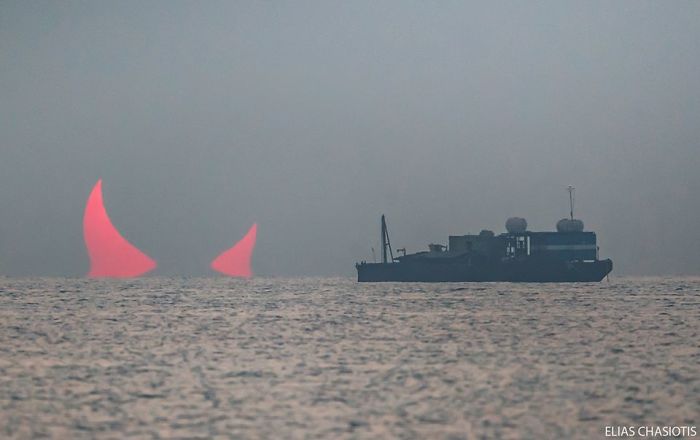
“Astronomy has attracted me since I was a kid,” “I’ve been an amateur astrophotographer for the last 15 years as well. I took these photos in the coastal city of Al Wakrah, Qatar, on the morning of December 26, 2019, when an annular eclipse was in progress.”
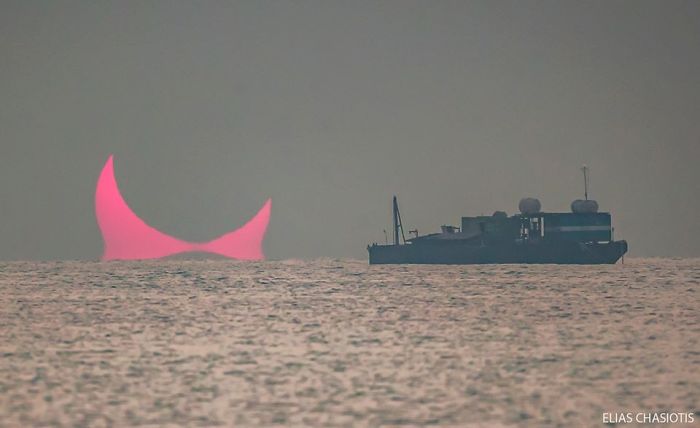
The images aren’t results of pure chance and luck. Chasiotis intentionally chose a place with the open horizon where he got a perfect view of the eclipsed sun emerging from the sea. “I hoped that optical effects like inferior mirage would be visible and I was lucky enough to capture them,” he said. “The weather conditions didn’t look good in the beginning as there was a lot of haze and low clouds in the southeast.”
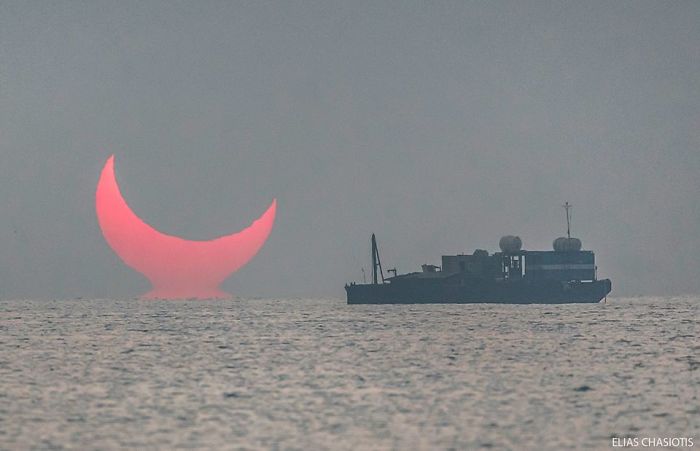
“I was worried that nothing would come out of the eclipse. However, when the sun finally began to rise, it looked like two separate pieces, some sort of red horns piercing the sea. It soon took the form of a crescent, with the so-called ‘Etruscan vase’ inferior mirage effect visible. Due to its shape, the phenomenon was nicknamed the ‘evil sunrise.’”
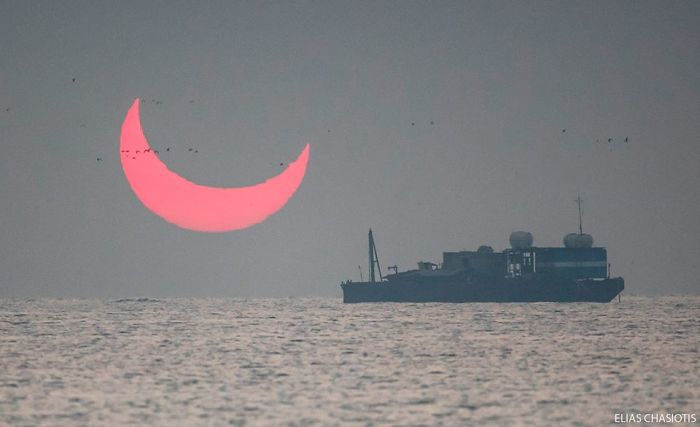
Image credits: Elias Chasiotis
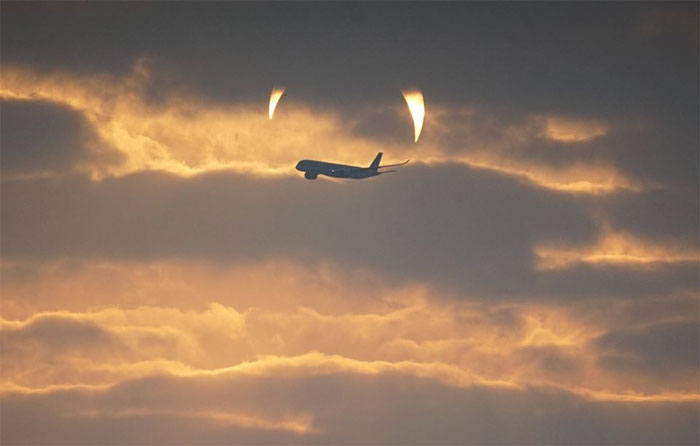
Image credits: Elias Chasiotis
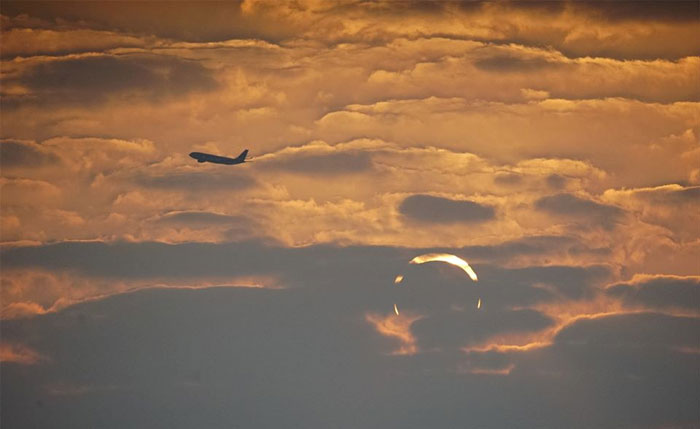
But for Chasiotis it didn’t look wicked at all. “It was indeed the most stunning sunrise I have ever seen! The only problem was that I missed the annular phase of the eclipse (“the ring of fire”) due to the clouds. When the sun reappeared, it was a crescent again. Despite being clouded for the main part of the eclipse, I felt very rewarded. Now, I am looking forward to the next annular eclipse in June 2020 and the next total solar eclipse in December 2020. Total solar eclipses are the most awesome sights in nature.”
The photographer used the Sony A7 II mirrorless camera and the Sigma 150-600mm F/5-6.3 DG OS HSM lens to capture the breathtaking sight. “I opted for a high ISO, low shutter speed and continuous shooting, as I intended to catch the airplanes and seagulls in the frame as well.”

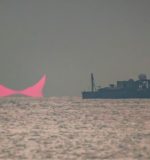


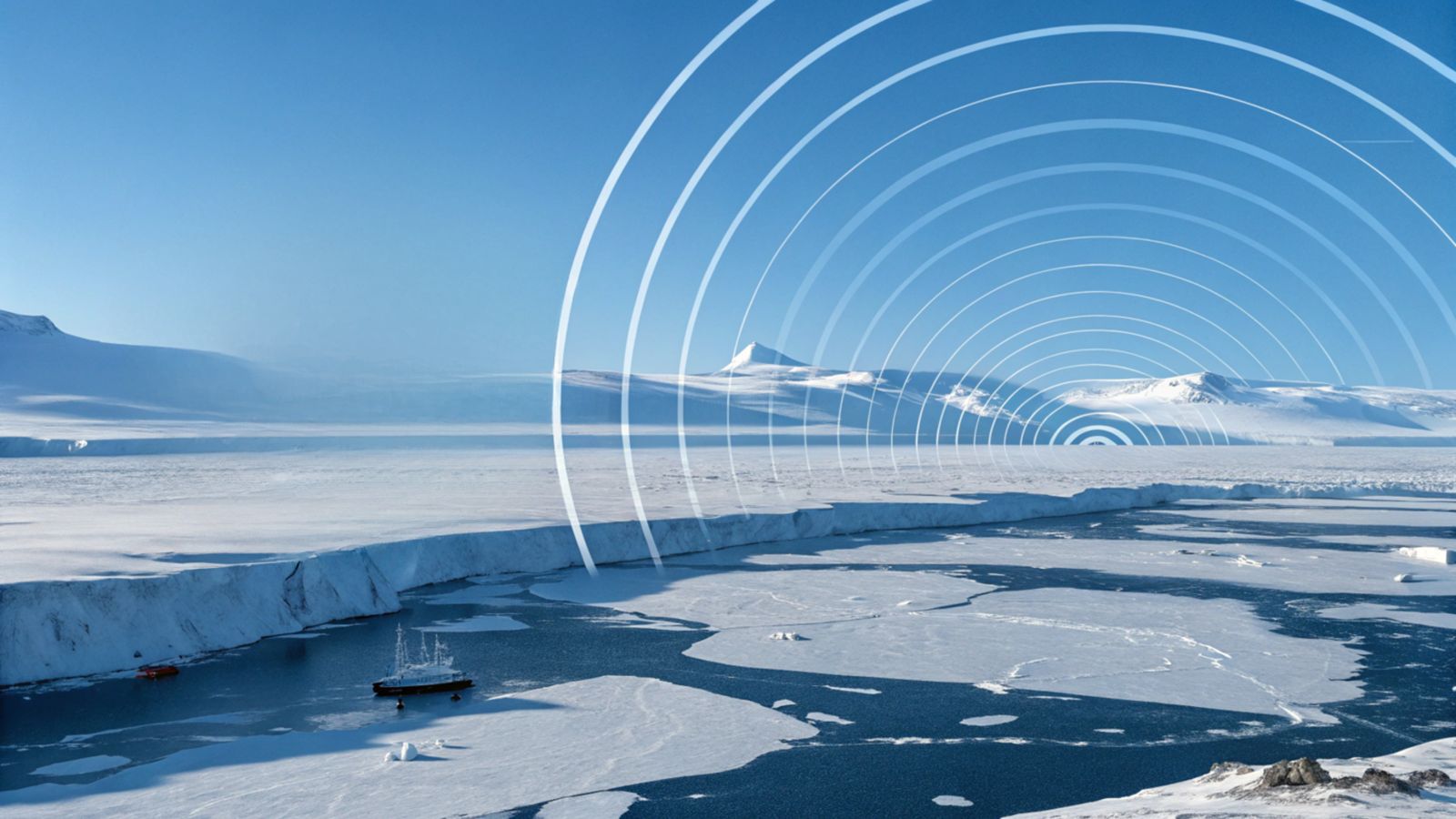
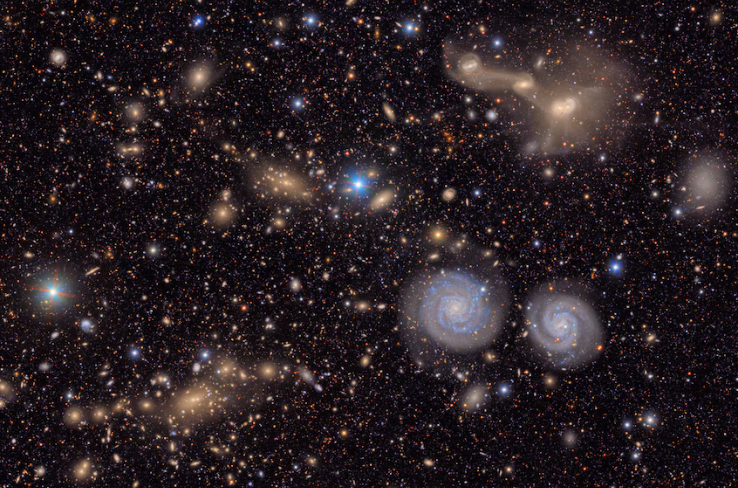
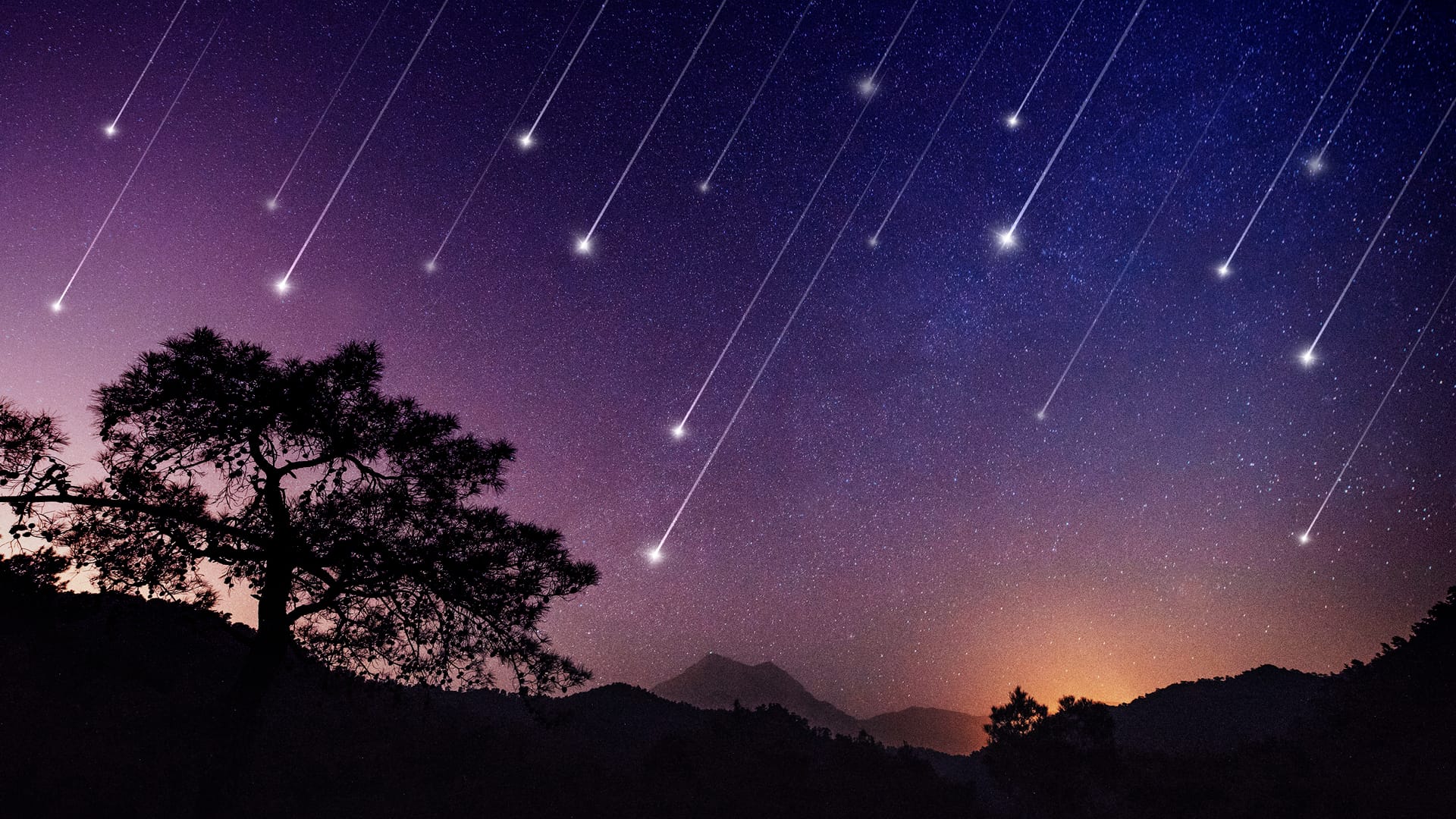
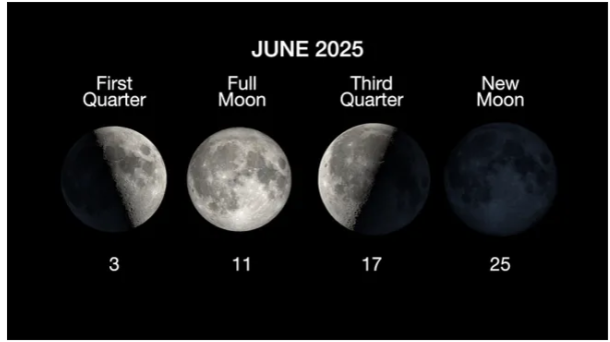
 Photographer Finds Locations Of 1960s Postcards To See How They Look Today, And The Difference Is Unbelievable
Photographer Finds Locations Of 1960s Postcards To See How They Look Today, And The Difference Is Unbelievable  Hij zet 3 IKEA kastjes tegen elkaar aan en maakt dit voor zijn vrouw…Wat een gaaf resultaat!!
Hij zet 3 IKEA kastjes tegen elkaar aan en maakt dit voor zijn vrouw…Wat een gaaf resultaat!!  Scientists Discover 512-Year-Old Shark, Which Would Be The Oldest Living Vertebrate On The Planet
Scientists Discover 512-Year-Old Shark, Which Would Be The Oldest Living Vertebrate On The Planet  Hus til salg er kun 22 kvadratmeter – men vent til du ser det indvendigt
Hus til salg er kun 22 kvadratmeter – men vent til du ser det indvendigt  Superknepet – så blir snuskiga ugnsformen som ny igen!
Superknepet – så blir snuskiga ugnsformen som ny igen!  Meteorite That Recently Fell in Somalia Turns Out to Contain Two Minerals Never Before Seen on Earth
Meteorite That Recently Fell in Somalia Turns Out to Contain Two Minerals Never Before Seen on Earth  Nearly Frozen Waves Captured On Camera By Nantucket Photographer
Nearly Frozen Waves Captured On Camera By Nantucket Photographer  It’s Official: Astronomers Have Discovered another Earth
It’s Official: Astronomers Have Discovered another Earth 